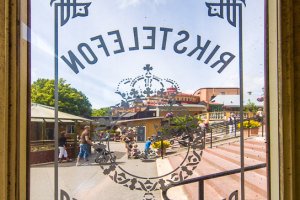
An iconic Rikstelefon (National Telephone) booth located near the entrance of Skansen outdoor museum in Stockholm, Sweden.
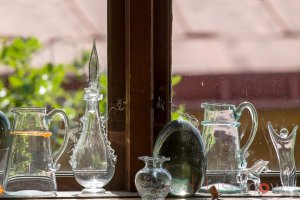
Beautiful traditional glassware from an artisan at the glass works (Glashyttan) Skansen Djurgården, Stockholm, Sweden Sverige.

Winter light setting and illuminating buildings along Strandvägen in Stockholm show its beauty.

food on display in the Gamla Stan (old town) in Stockholm, Sweeden

The clocktower of the Storkyrkan, in Gamla Stan (old Town) in Stockholm

Winter colors at Skensen outdoor museum in Stockholm Sweden.
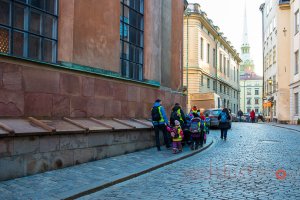
School children walk along a beautiful street of Gamla Stan (Old Town), with its cobblestone road and rustic coloured walls. Stockholm Sweden.
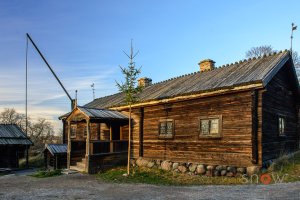
Old cabin at Skensen outdoor museum in Stockholm Sweden.

Old tram heading to Skansen, Stockholm, Sweden

An old square-rigged sailing ship, the AF Chapman, which is used is a youth hostel, moored on the bank of Skeppsholmen. Stockholm Sweden.

Since 1888 Östermalms Saluhall inspires people in Stockholm as well as tourists from far and wide with food at its best.

Since 1888 Östermalms Saluhall inspires people in Stockholm as well as tourists from far and wide with food at its best.
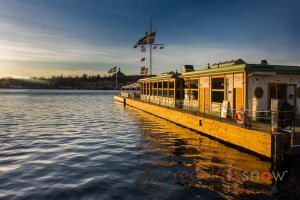
With winter setting in, the Swedish capital of Stockholm shows its beauty in the light of the winter sun.

Winter light setting and illuminating buildings along Strandvägen in Stockholm show its beauty.

With winter setting in, the Swedish capital of Stockholm shows its beauty in the light of the winter sun with pedestrians walking along a foot-bridge with the ‘Chapman’ square rigged ship in the background.
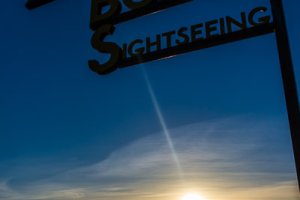
An iconic sign on the esplanade, just beside Skeppsbrokajen, that travels along the Gamla Stan waterfront.

The low winter sun casts a wonderful illumination on the waterway between Gamla Stan and Skeppsholmen, Stockholm , Sweden
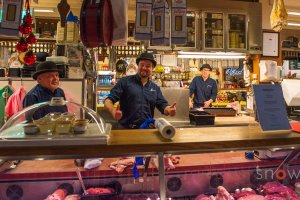
Since 1888 Östermalms Saluhall inspires people in Stockholm as well as tourists from far and wide with food at its best.
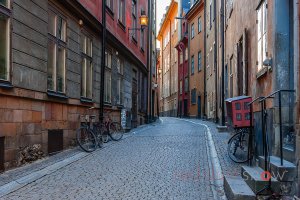
A beautiful street of Gamla Stan (Old Town), with its cobblestone road and rustic coloured walls. Stockholm Sweden.
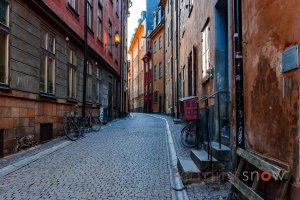
A beautiful street of Gamla Stan (Old Town), with its cobblestone road and rustic coloured walls. Stockholm Sweden.
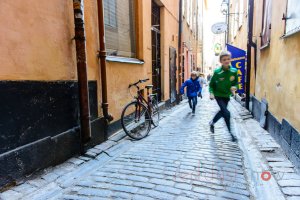
Children play in one of the many beautiful streets of Gamla Stan (Old Town), with its cobblestone road and rustic coloured walls. Stockholm Sweden.
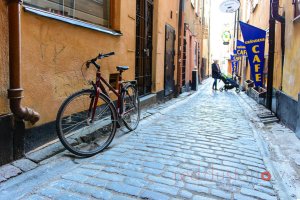
A bicycle is parked against the wall in one of Gamla Stan’s beautiful streets. The ‘Old Town’ is a ‘must-see’ area of Stockholm with its cobblestone road and rustic coloured walls. Stockholm Sweden.

An old square-rigged sailing ship, the AF Chapman, which is used is a youth hostel, moored on the bank of Skeppsholmen. Stockholm Sweden.
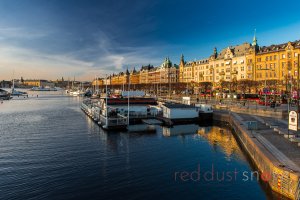
Winter light illuminates the beautiful architecture along the Strandvägen, Östermalm, as viewed from the bridge joining Östermalm to Djurgården, the location of Skansen (The historic and famous outdoor museum which was the first of its kind in the world when it opened in 1891)
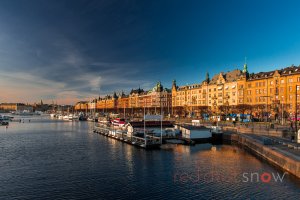
Winter light illuminates the beautiful architecture along the Strandvägen, Östermalm, as viewed from the bridge joining Östermalm to Djurgården, the location of Skansen (The historic and famous outdoor museum which was the first of its kind in the world when it opened in 1891)
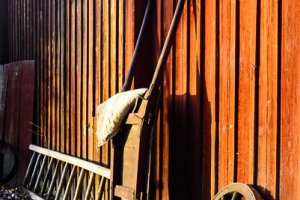
Wonderful textures of the red timber and cobblestones are further enahanced by the afternoon winter light at Skansen outdoor museum. Skansen was the first of its kind when it opened in 1891.

Wonderful textures of the red timber and cobblestones are further enahanced by the afternoon winter light at Skansen outdoor museum. Skansen was the first of its kind when it opened in 1891.
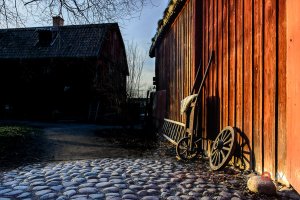
Wonderful textures of the red timber and cobblestones are further enahanced by the afternoon winter light at Skansen outdoor museum. Skansen was the first of its kind when it opened in 1891.
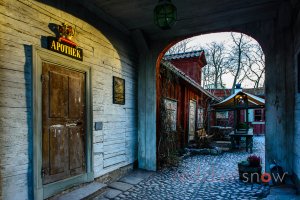
An old pharmacy (Apothek or Apotek) at Skensen outdoor museum in Stockholm Sweden.

Beautiful traditional glassware from an artisan at the glass works (Glashyttan) Skansen Djurgården, Stockholm, Sweden Sverige.

Since 1888 Östermalms Saluhall inspires people in Stockholm as well as tourists from far and wide with food at its best.
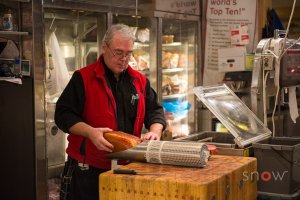
Since 1888 Östermalms Saluhall inspires people in Stockholm as well as tourists from far and wide with food at its best.

Filament of old lightbulb at Skansen, Stockholm, Sweden
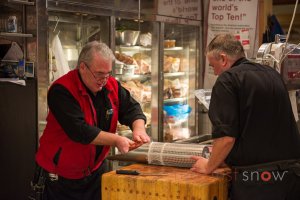
Since 1888 Östermalms Saluhall inspires people in Stockholm as well as tourists from far and wide with food at its best.

Since 1888 Östermalms Saluhall inspires people in Stockholm as well as tourists from far and wide with food at its best.
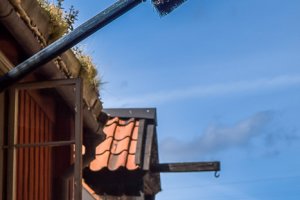
Before street signs, shops would adorn their roofs with the symbol of their craft. Skansen Djurgården, Stockholm, Sweden Sverige.

Since 1888 Östermalms Saluhall inspires people in Stockholm as well as tourists from far and wide with food at its best.
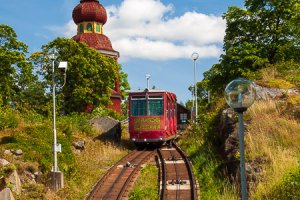
Bergbana at Skansens, Stockholm, Sweden

Since 1888 Östermalms Saluhall inspires people in Stockholm as well as tourists from far and wide with food at its best.
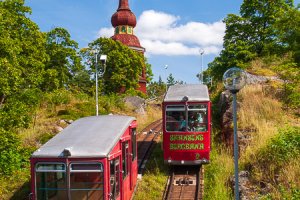
Bergbana at Skansens, Stockholm, Sweden
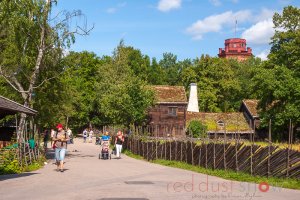
Wide open space at Skansen, Stockholm, Sweden.
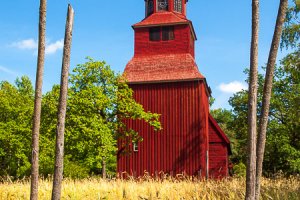
Seglora Church, Skansen, Stockholm
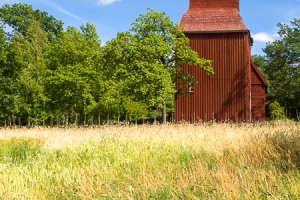
Seglora Church, Skansen, Stockholm
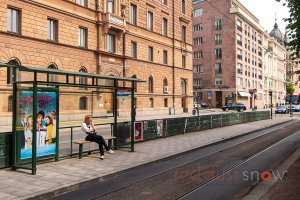
The view along Strandvägen Stockholm, Sweden
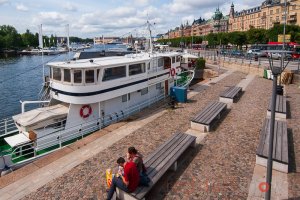
The view of Strandvägen from the Djurgårdsbron, Stockholm, Sweden
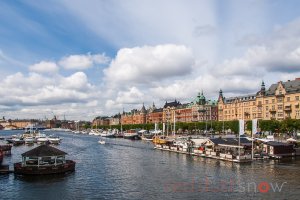
The view of Strandvägen from the Djurgårdsbron, Stockholm, Sweden

Red flowers brighten up the waterside of Stockholm, Sweden.

Swedish flag flying off the back of the Norrskar passeneger boat in Stockholm, Sweden.

Bell from the old Erik ship at Stockholm, Sweden
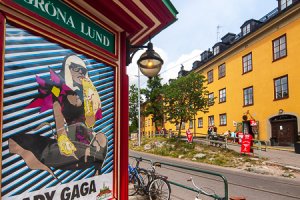
A lady Gaga Gaga concert sign at Grona Lund, Stockholm, Sweden

End of the day and people walking along the waterfront in Stockholm, Sweden
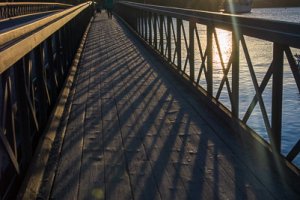
With winter setting in, the Swedish capital of Stockholm shows its beauty in the light of the winter sun with pedestrians walking along a foot-bridge with the ‘Chapman’ square rigged ship in the background.

Mid winter sun, low in the sky, in Stockholm, Sweden.

Winter light in Stockholm Sweden.
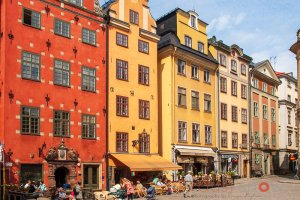
Beautiful buildings along Trangsund that front stortorget, Gamla Stan, Stockholm
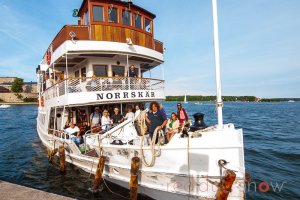
The Norrskär steamboat on the Stockholm archipelago, Sweden
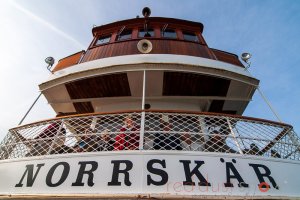
The Norrskär steamboat on the Stockholm archipelago, Sweden
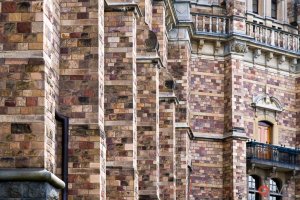
The intricate brickwork of the Nordiska Museet Djurgärden Stockholm Sweden Sverige
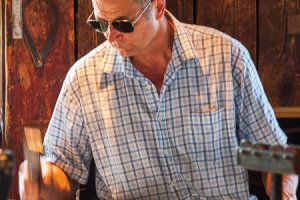
A glass artisan. Beautiful traditional glassware from an artisan at the glass works (Glashyttan) Skansen Djurgården, Stockholm, Sweden Sverige.
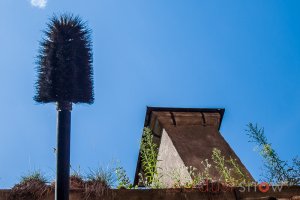
Before street signs, shops would adorn their roofs with the symbol of their craft. Skansen Djurgården, Stockholm, Sweden Sverige.
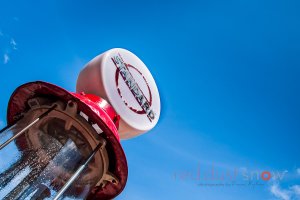
Before street signs, shops would adorn their roofs with the symbol of their craft. Skansen Djurgården, Stockholm, Sweden Sverige.

Blacksmith Sign.Before street signs, shops would adorn their roofs with the symbol of their craft. Skansen Djurgården, Stockholm, Sweden Sverige.
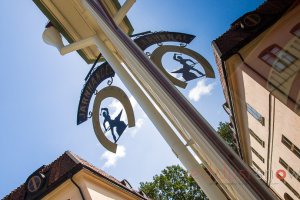
Blacksmith Sign.Before street signs, shops would adorn their roofs with the symbol of their craft. Skansen Djurgården, Stockholm, Sweden Sverige.

Inside Seglora Church, Skansen, Stockholm
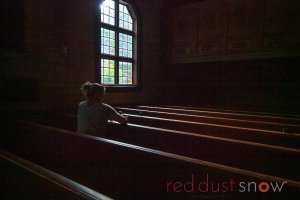
Inside Seglora Church, Skansen, Stockholm
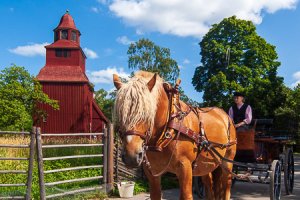
Horse and carriage in front of the Seglora Church, Skansen, Stockholm
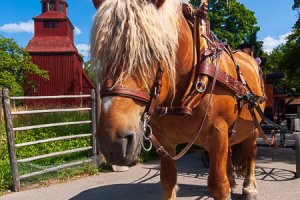
Horse and carriage in front of the Seglora Church, Skansen, Stockholm
